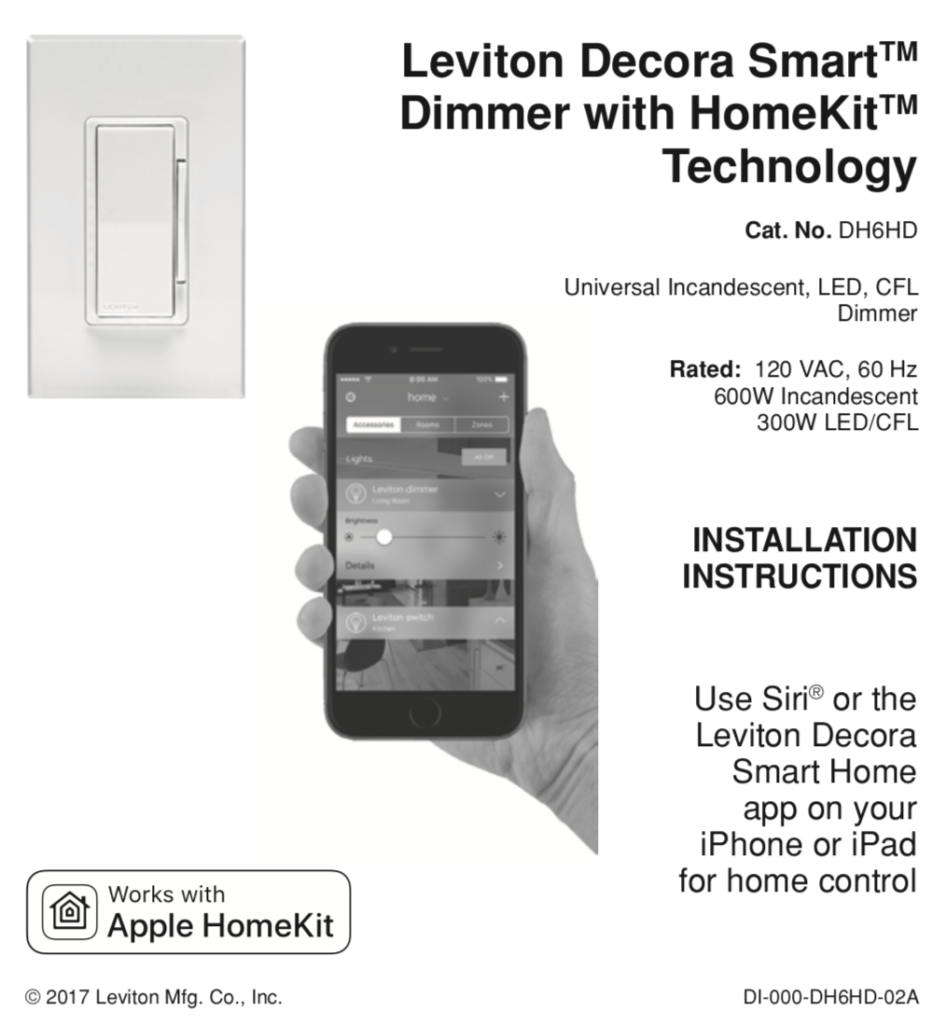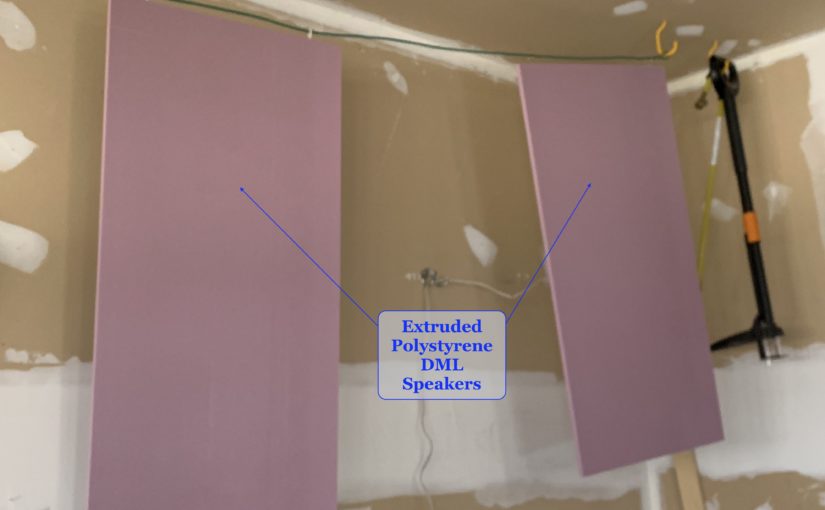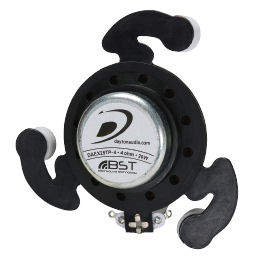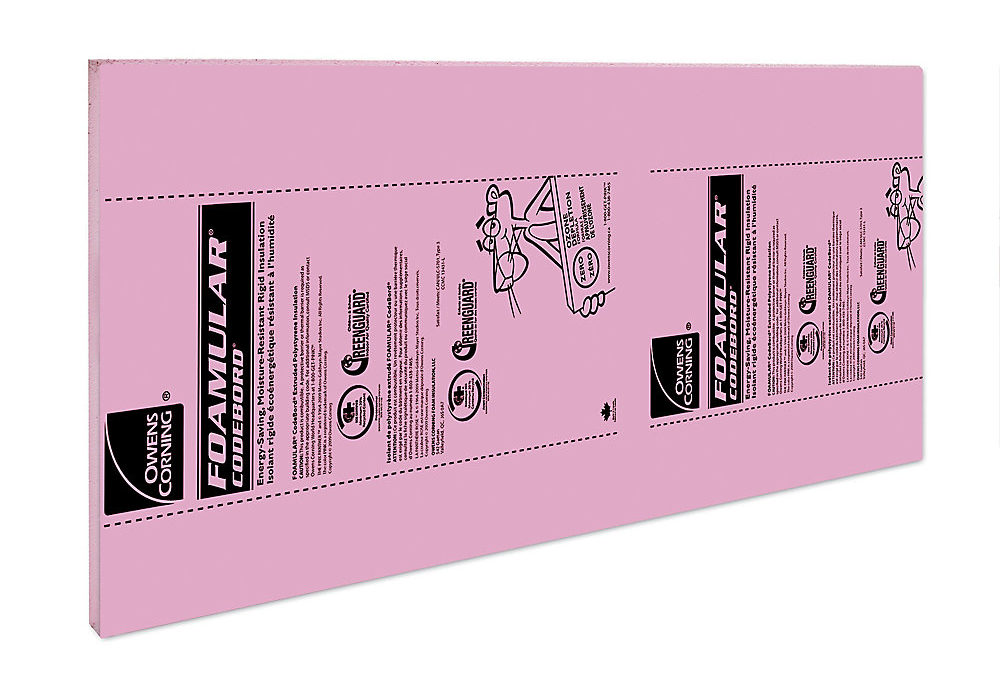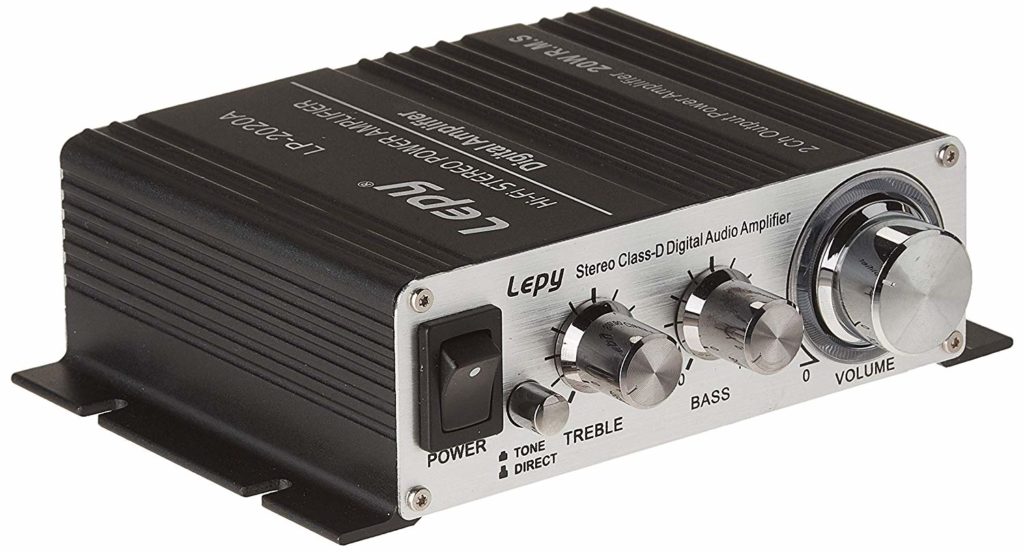On the Maslow hierarchy of needs scale, Hong Kong currently share many of its basic needs with the mainland, including food, fresh water, and electricity. The end game of these protests should give due consideration to these geographical dependencies. Even if a political divorce is possible in the long run, it will be really difficult to live independently when you are still forced to share the same bed.
A symbiotic existence between Hong Kong and China seems to be unavoidable, as such finding common ground seems to be a better approach than inflammatory tactics based on hate and violence. The latter dehumanizes the opposition and ironically for all people of Hong Kong, erodes the one of the core values of a democracy, basic human rights. This is the same value that the protestors are advocating for.
Observing from recent history, it is really hard to pinpoint a country involved in the Arab Spring events that are better off now than before. Perhaps conciliatory talks can give rise to more creative possibilities of coexistence, and the elixir of democracy does not have to be the only arrow in the quiver to achieve peace and prosperity.
